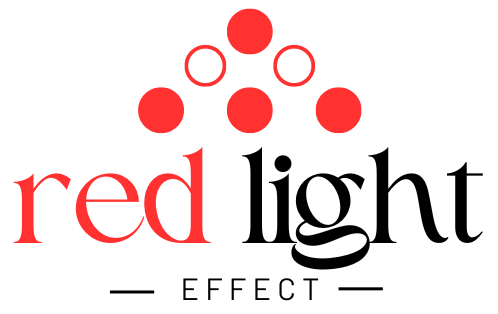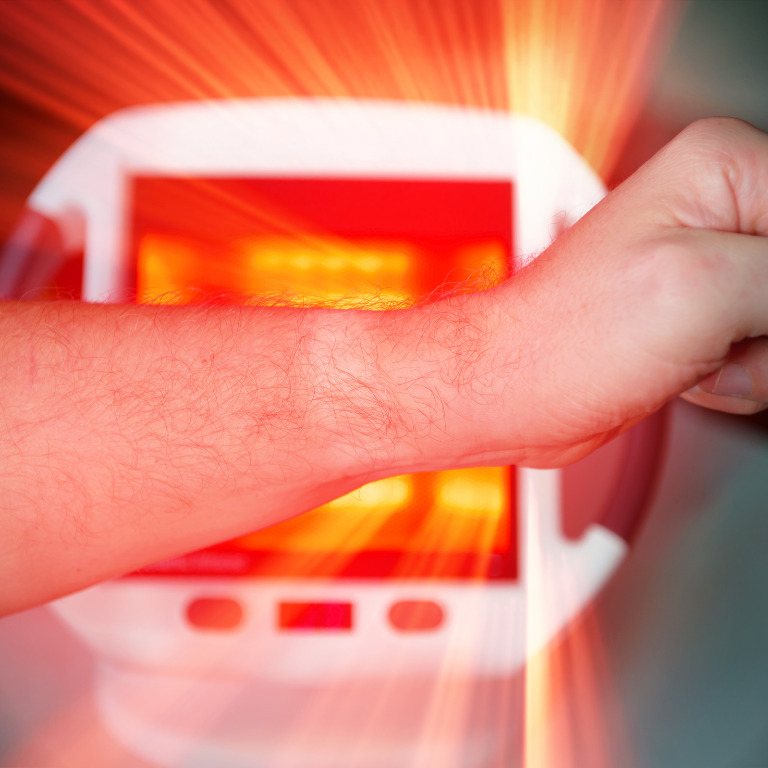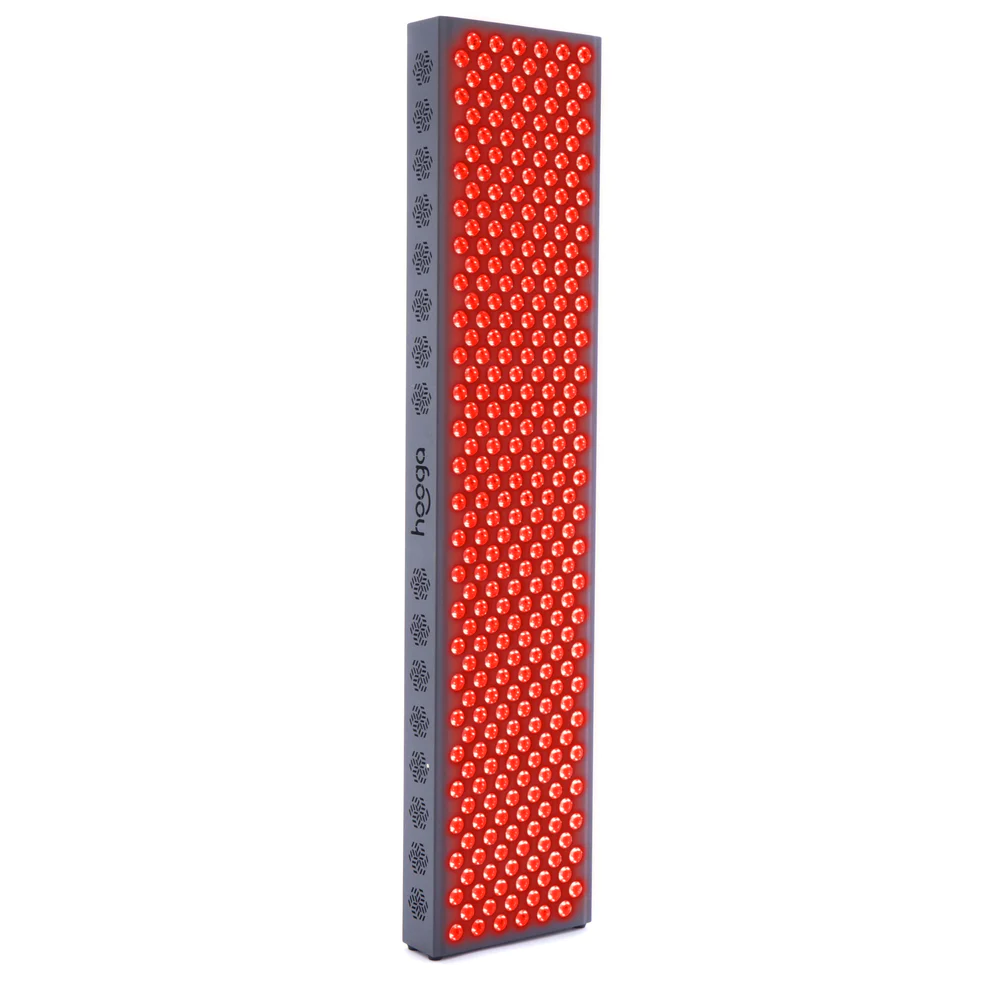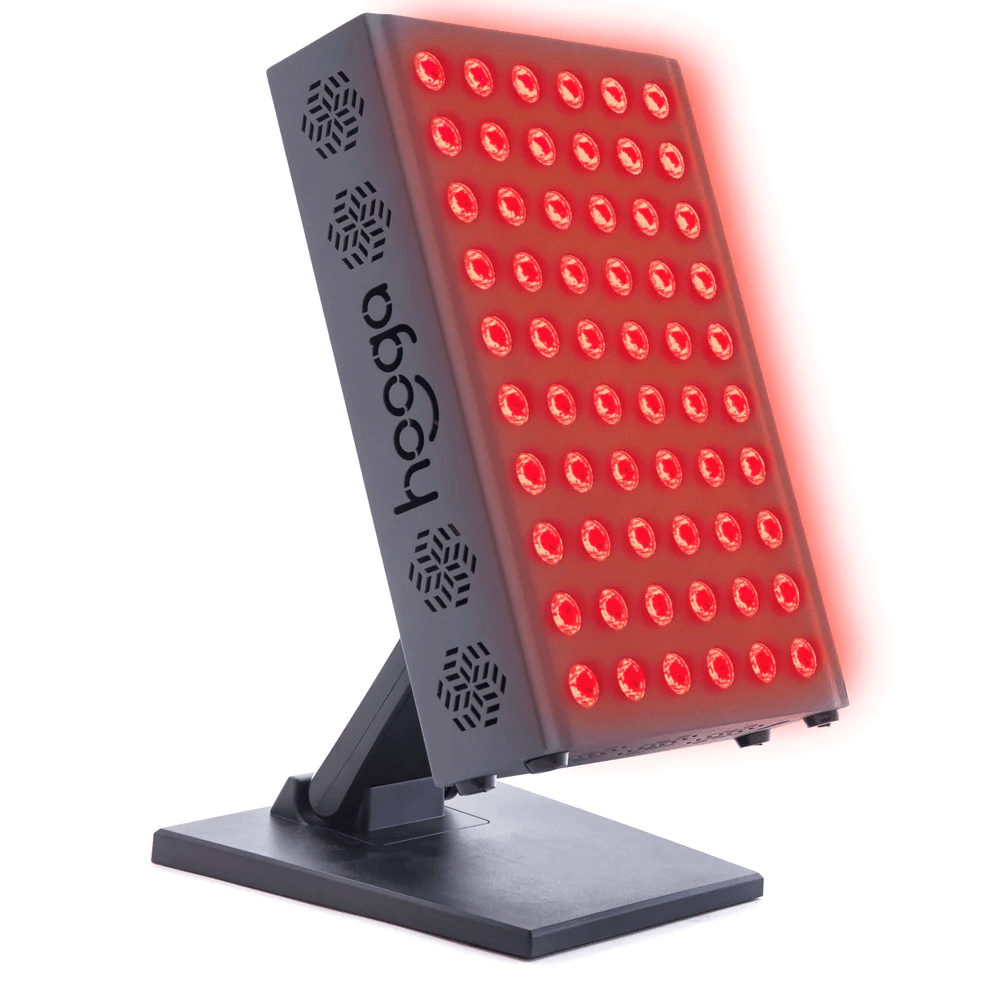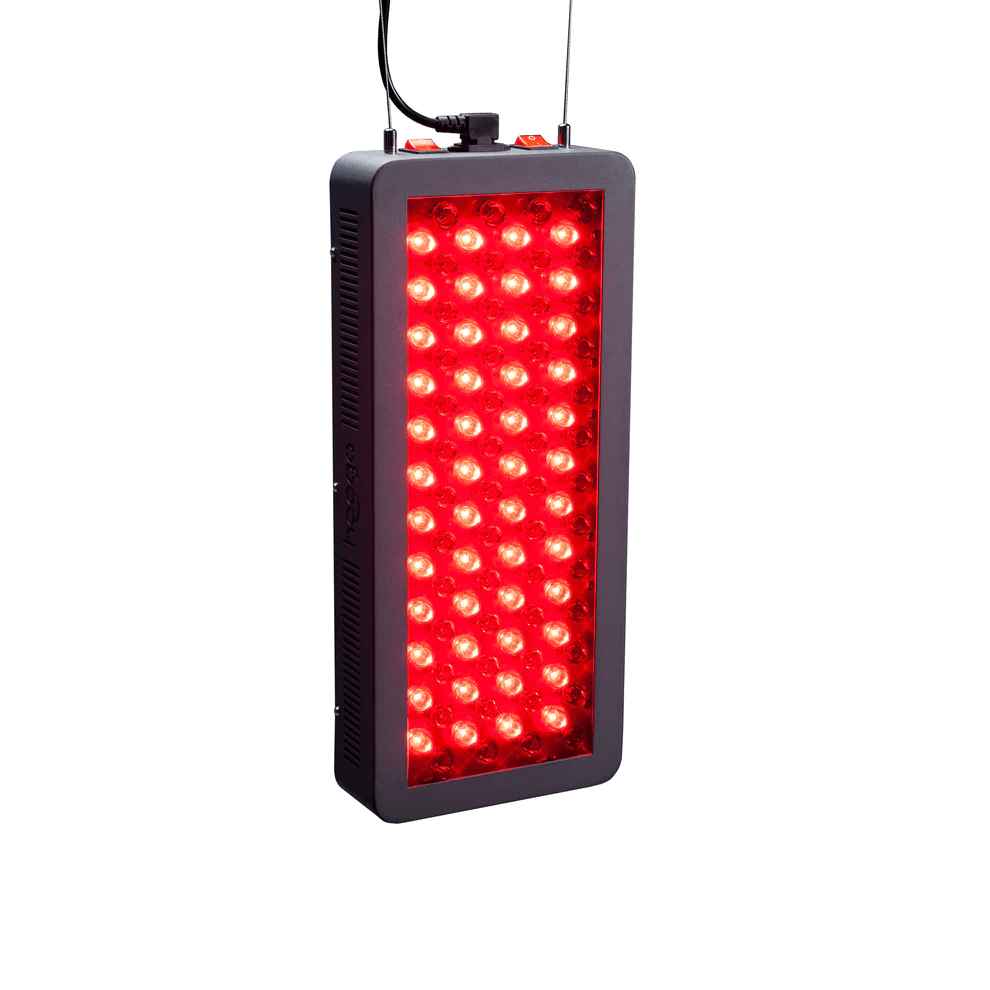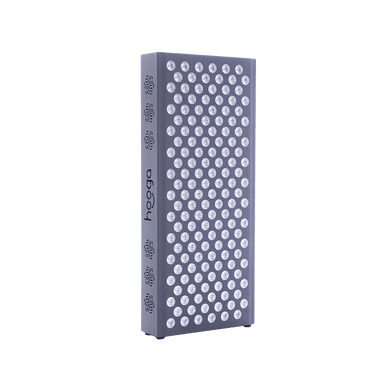Speed Up Healing with Red Light Therapy: Accelerating Healing for Post-Injury and Surgical Recovery
Introduction
In the realm of natural healing modalities, red light therapy has emerged as a promising and effective treatment option to speed up healing following an injury or surgery. By harnessing the power of specific wavelengths of light, this non-invasive therapy can effectively speed up healing and enhance overall well-being. In this blog post, we will delve into the fascinating world of red light therapy and explore how it can significantly contribute to the acceleration of healing. GET HOOGA DISCOUNT CODE
Understanding Red Light Therapy
Red light therapy, also known as low-level laser therapy (LLLT) or photobiomodulation, involves the application of red and near-infrared light to the body’s tissues. These wavelengths of light penetrate the skin and are absorbed by cells, promoting various physiological responses that can enhance the healing process.
- Enhanced Circulation and Oxygenation
By increasing blood flow and promoting the formation of new blood vessels, red light therapy boosts circulation in the affected area. This improved blood flow ensures that oxygen and essential nutrients reach the injured tissues, aiding in their repair and regeneration.
- Reduced Inflammation
Red light therapy has been found to have potent anti-inflammatory effects. It can help alleviate pain, swelling, and redness associated with injuries or post-surgical trauma. By mitigating inflammation, the body can focus its resources on healing and tissue restoration.
- Stimulation of Cellular Energy Production
The application of red light stimulates mitochondria, the powerhouses of cells, to produce adenosine triphosphate (ATP) more efficiently. ATP is responsible for providing energy to cells, which is vital for their optimal functioning. By enhancing cellular energy production, red light therapy enables cells to carry out the healing process more efficiently.

Red Light Therapy and Injury Healing
Speeding up healing after an injury is crucial for restoring functionality and reducing the risk of complications. Red light therapy can play a pivotal role in this regard.
- Accelerated Tissue Repair
Red light therapy activates fibroblasts, which are cells responsible for producing collagen, the protein that forms the structure of tissues. By stimulating collagen synthesis, red light therapy promotes the formation of new, healthy tissue and aids in the closure of wounds, thereby accelerating the healing process.
- Pain Relief and Improved Mobility
By reducing pain and inflammation, red light therapy can enhance the range of motion and improve mobility in injured areas. This allows individuals to engage in physical therapy and rehabilitation exercises more comfortably, thereby expediting their recovery.
Red Light Therapy and Surgical Recovery
Post-surgical healing often involves a complex cascade of events. Red light therapy can complement conventional recovery methods and facilitate a faster healing process.
- Scar Reduction
Red light therapy has been shown to minimize scar formation and improve the appearance of existing scars. By promoting collagen remodeling and reducing inflammation, it aids in the restoration of normal skin architecture, resulting in less visible scars.
- Enhanced Pain Management
Following surgery, pain management is a critical aspect of recovery. Red light therapy offers a non-pharmacological and non-invasive method to alleviate post-surgical pain. Its analgesic effects can help reduce reliance on pain medications and their potential side effects.
Conclusion
Red light therapy has emerged as a powerful tool in the field of healing and recovery. By harnessing the beneficial effects of specific wavelengths of light, this non-invasive therapy accelerates the healing process, enhances tissue repair, and reduces inflammation. Whether you’re recovering from an injury or a surgical procedure, consider incorporating red light therapy into your recovery plan to speed up healing and promote optimal well-being. Embrace the healing power of light and embark on a faster path to recovery.
Remember, it’s always essential to consult with a healthcare professional before starting any new therapeutic treatment or incorporating red light therapy into your recovery plan. they can provide personalized guidance based on your specific condition and medical history.
While red light therapy shows great promise in expediting healing, it’s important to note that it may not be suitable for everyone or every type of injury or surgical procedure. It’s always advisable to discuss your options with a healthcare professional who can evaluate your individual needs and determine if red light therapy is a suitable adjunct to your recovery plan.
In addition to red light therapy, it’s crucial to follow other recommended post-injury or post-surgical protocols, such as rest, physical therapy, and proper nutrition. Red light therapy should be seen as a complementary approach that can enhance the body’s natural healing processes.
To incorporate red light therapy into your healing journey, there are several options available. Professional clinics and wellness centers often offer red light therapy sessions administered by trained professionals. These sessions typically involve the targeted application of red and near-infrared light to the affected area.
Alternatively, there are also portable red light therapy devices available for home use. These devices allow you to conveniently administer the therapy in the comfort of your own home, following the recommended protocols and guidelines.
It’s worth noting that consistency is key when it comes to red light therapy. Regular and ongoing sessions are typically recommended to achieve optimal results. Depending on the severity of your injury or the nature of your surgical procedure, the duration and frequency of therapy sessions may vary. It’s important to follow the guidance of your healthcare professional or the manufacturer’s instructions for the specific device you’re using.
In conclusion, red light therapy offers a promising and non-invasive approach to speed up healing after an injury or surgery. By harnessing the power of specific wavelengths of light, it can enhance circulation, reduce inflammation, stimulate cellular energy production, and promote tissue repair. While red light therapy is not a standalone solution, it can be a valuable addition to your recovery plan, working synergistically with other recommended treatments.
Remember to consult with your healthcare professional to determine if red light therapy is suitable for your specific condition. They can guide you in incorporating this therapy into your overall recovery strategy, ensuring that you receive the most effective and personalized care. Embrace the potential of red light therapy as you embark on your journey towards a faster and more complete healing process.
If inflammation is a problem you are facing see this post on how red light therapy can help lessen the symptoms.
